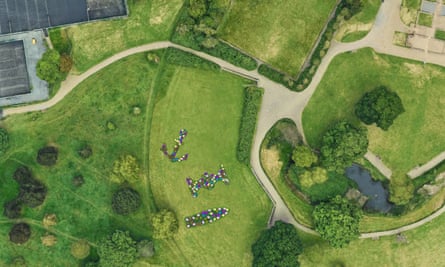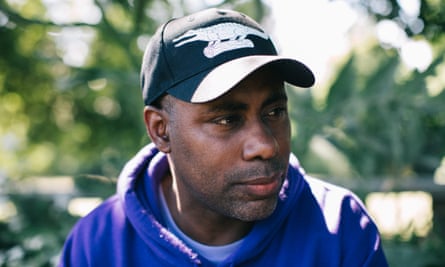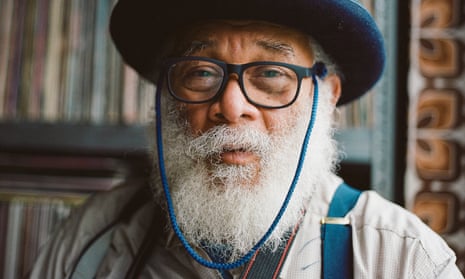Established and up and coming black artists are to be photographed together, marking the 40th anniversary of the start of the British black arts movement, as part of a series of events for Black History Month in October.
The Black Cultural Archives, based in south London, will be commemorating the occasion by paying homage to Art Kane’s classic 1958 A Great Day in Harlem photograph by organising a group photograph featuring black artists who were part of the original movement alongside emerging talents.
The National Black Art Convention, which in 1982 inspired the launch of the British black arts movement, propelled the careers of many artists, including Keith Piper and Sonia Boyce.
Lisa Anderson, the managing director of the Black Cultural Archives, said the decision to recreate the photograph to celebrate the 40th anniversary since the launch of the British black arts movement was due to a desire to “document the community”.
She added: “I want to celebrate the community, and want there to be a sense of the importance of being documented through photography.
“We wanted to enrich the archive, in particular the way the archive represents the history of some of the pioneering and emerging art makers from the black community.”
Anderson added that they were borrowing the concept from Tomorrow’s Warriors, a UK jazz organisation that paid tribute last year to the Harlem photograph with a day of music called A Great Day in London.
“We’re borrowing the concept because we haven’t seen any photograph which documents black British visual artists, and I think it will create an aid for people to go and do further research and engagement with its history, and to also inspire people to pursue their passion for visual art.”
Charlie Phillips, who will be capturing the moment and who has been regarded as one of Britain’s greatest photographers, said his involvement in the project was due to a desire to “document our history”.
“There’s a missing gap in our history, because not a lot has been documented by us, for us,” Phillips said.
Also this month, Brent council will be unveiling a new public artwork in one of its parks, in order to commemorate the victims of the transatlantic slave trade following scrutiny regarding the park being named after a former British prime minister with links to the slave trade.
The artwork, called The Anchor, The Drum, The Ship, was commissioned after Gladstone park, named after the former prime minister William Gladstone, was identified for review in 2020 as part of the Commission for Diversity in the Public Realm, which reviewed statues, street names and landmarks to ensure they reflected London’s rich and diverse history and represented all Londoners.

Gladstone’s father, who was one of the biggest slave owners in the Caribbean, received the largest of all compensation payments made by the Slave Compensation Commission.
Linett Kamala, a director of Notting Hill carnival and the founder of Lin Kam Art, who will be unveiling the artwork, said that as well as commemorating victims of the slave trade, it represented the “huge, fantastic contribution that the black community has made to the borough”.
Kamala added: “The park has a number of murals, but there isn’t anything that reflects the transatlantic slave trade, although the park is named [after] the prime minister’s father who received the largest [slavery] compensation payout.”
“The artwork will be a place, we hope, where people will gather, where we can have these conversations.”

Harun Morrison, the artist behind the installation, said that he was interested in creating a piece that “opened up questions for someone who encountered it in the park without being overly prescriptive.
“I was also trying to create for a view to think about the metaphorical potential of plants, and also the history of the park and the history of the Gladstone family,”he added.
In Glasgow, the David Livingstone Birthplace museum will be hosting events celebrating Black Scottish art and culture.
The event, called Our Stories Between the Myths and Memories, has been programmed by the Scottish-Zimbabwean artist Natasha Thembiso Ruwona, and will feature work from artists and creatives from across the Scottish African diaspora.
Thembiso Ruwona said: “I’m really excited to be able to bring together so many brilliant creative practitioners from the Scottish African diaspora to one space and to celebrate their contributions to the creative sector.”
She added: “This project speaks to our past, present, and potential futures that examine Black Scottish history, culture and identity. It is also a timely event that will spotlight the work that David Livingstone Birthplace are doing as they consider the role of museums within truthful storytelling, by asking important questions about legacy and memory.”
